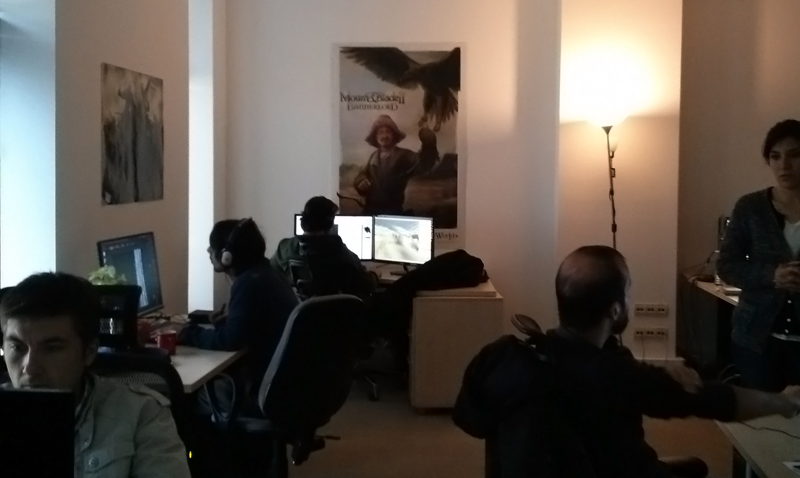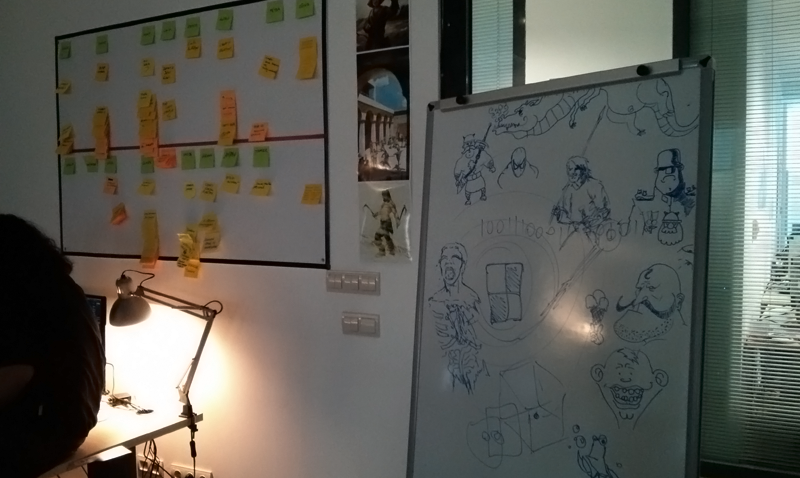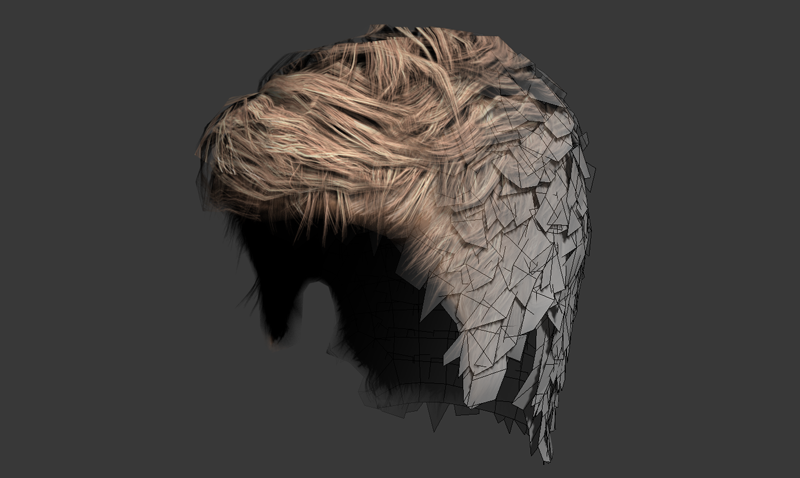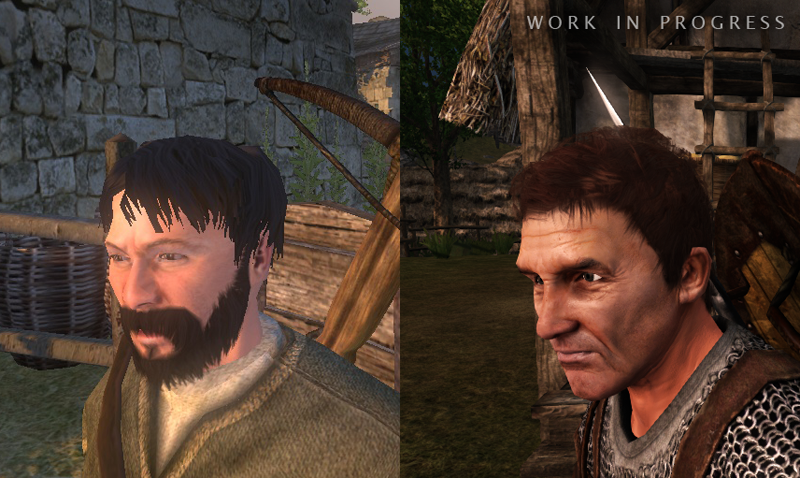Fans of the Mount&Blade series and passing readers, this blog is intended as a source of insight to our world of game development and the TaleWorlds family. Our offices are a series of rooms on a long corridor. Each room physically hosts a different team with a different focus, mirroring our actual team based development structure. This week's blog will discuss the artists' team, known to us as artist takımı (Turkish).
The artists have the most varied professional backgrounds in the office. Some formally studied classical art, art history or graphic design, while others are hobbyists turned professional. Both industry veterans and fresh graduates fill the large, comfortable chairs. You'll find preened moustaches, pretentious glasses, a range of characters and personalities. Every desk has a tablet of some sort, the most impressive of which are the underwhelmingly named “pen displays”; large, high resolution screens which can be drawn on directly using an accompanying pen-shaped input. This simulates drawing or painting on a real canvas, with the comforts of digital painting: saving, zooming and smudge-free hand positioning.

Any character, weapon, building in the game is modelled by an artist within virtual space. The artists manipulate the geometry using the tools provided by the software to create the desired 3D shape (a shield for example). To bring colour to this shape, texturing is required. This effectively involves painting a realistic picture of any exposed surface on the object and overlaying it onto the 3D shape or “mesh”. Artwork is also necessary for game menus, icons and interface elements. Animators share the same space as the artists, using motion capture and hand-crafted animations to bring life to the living and moving objects in the game. These disciplines are discrete from writing code and require different individuals with different skill sets.
In the artists' room, the largest room in the TaleWorlds offices and host to the weekly company meetings, there is a white board, typically decorated with an array of sketchings rather than plans or goals. The work itself is pasted on a board with post-it notes and held in shared online documents. Tables are positioned, not for optimal communication but for preferred lighting conditions. The blinds are generally drawn and lamps are used to provide the correct ambience and minimal screen glare. It's quiet with most work done headphones-on. Something like a giant egg incubator.

In addition to directly working with modelling and texturing programs, artists take on the roles of in-game sceners and are familiar with the documents required to add items into the game. Applying these additional skillsets improves the efficiency of an artist's work; they are able to go away and create a new prop or building, while modelling a scene, if they feel the need for it. Being able to place items into the game also allows them to directly view their models as they will appear in the product, enabling them to adjust materials and textures for the best visual result. This is a niche aspect of working within the games industry, and something that needs to be learnt upon joining the company, for those only versed in the more general aspects of 3D art or design.

One of the current focuses of the artists is on character hair. Hair is a great challenge for all games; simulating realistic movement and texture when you have so many individual strands moving separately is incredibly resource intensive, when done in real time. Some games use certain techniques to improve the simulation, while saving resources but in a game like Mount&Blade, where you may have 100s of characters on screen, the balancing act becomes significantly more difficult. Our current working method is: a textured base (something like a hair coloured swimming cap) with groups of hair strands (rendered onto polygons with alpha channels) moving in various directions to give a natural look. This adds more depth than the method used in warband, which relied on the texture to give depth to the hair. You can see the difference below (Left: Warband, Right: Mount&Blade II: Bannerlord):

It goes without saying but what you're seeing is the game in its current state and the hair will likely see further changes and improvements. That means, if there's something you don't like about it, feel free to let us know via an ALL CAPS tweet with several exclamation marks but there's a good chance we're not completely happy with it either... just yet. The most important thing is that it's something which can be used en masse without heavily impacting on performance, a possiblilty achieved by the strength of our new game engine.
Hopefully you've enjoyed the first installment in our developer diary series and remember you can always like us on Facebook and follow us on Twitter to get the very latest news on Bannerlord.
Join the conversation and comment on the forums! (276 comments)
